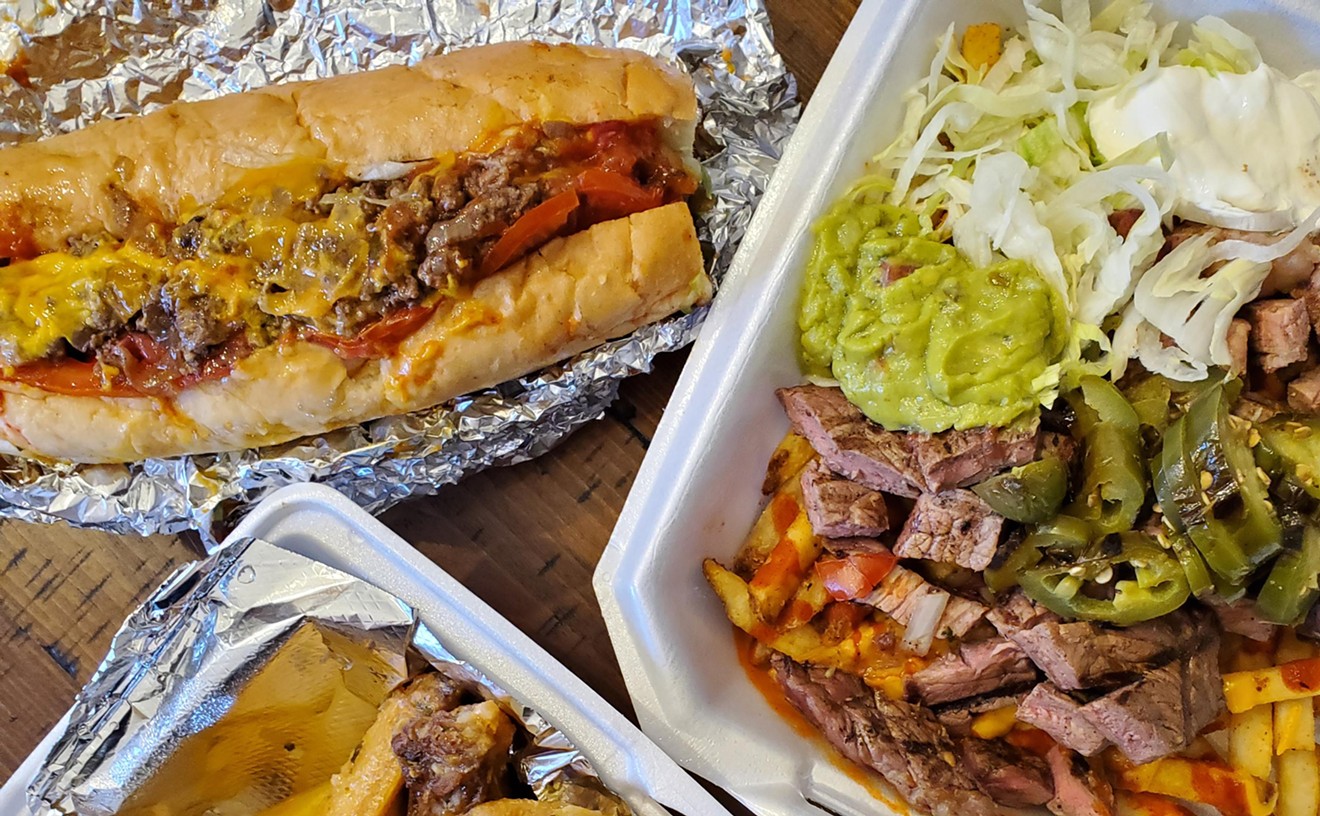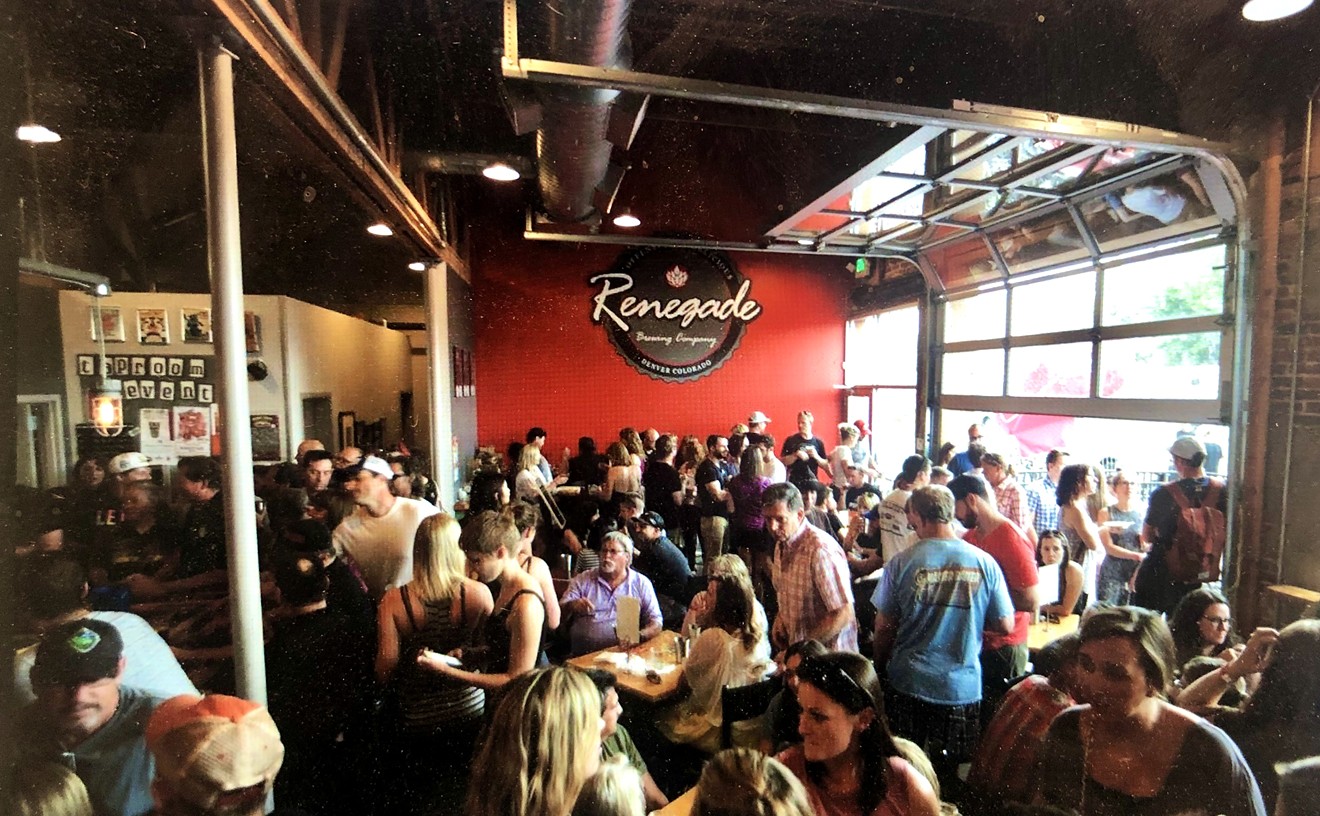As the sun rises in the humid sky, a woman draped in a shawl turns over spiky magenta dragonfruit, finally purchases one, peels away the skin and buries her teeth in its gray, kiwi-like flesh. Nearby, a short man in a red cap clutches the feet of two live chickens, a bird hanging from each hand as he weighs them against each other before making a selection and handing a couple of bills to another man who brushes the rejected, squawking bird back into its cage. At a table just beyond that, a woman cleaves a fish with a swift, dull whack, putting a stop to its slippery slapping. Right in front of me, the smell of oil and meat wafts into the morning air as an old woman with silver hair paints batter on a hot, flat surface, then pulls it up with a stick. She takes the translucent pancake and wraps it around pungent minced pork, douses it with a sweet, vinegary sauce, and passes it over to two people sitting on low stools, who eat their breakfast noisily with chopsticks and spoons. And all the while, other shoppers crowd by, chattering in myriad languages, buying, selling, haggling, eating, laughing, living.
It's from one of these Southeast Asian markets — Saigon's Cholon — that ChoLon Bistro draws inspiration.
Lon Symensma had a pretty good gig in New York City. He was the executive chef at Buddakan, a high-end Chinese restaurant that's one of the highest-grossing eateries in the United States. Before landing there, he'd cooked his way through a couple of two-star Michelin joints in France, put in three years at the Spice Market, the acclaimed Jean-Georges Vongerichten eatery in Manhattan, and opened Jean Georges Shanghai. He could have gone anywhere with a reasonable assurance of success. But when he decided to strike out on his own, he came to Denver, because he wanted to be an integral part of a dining scene about to explode and create something young, fresh and collaborative. Something that pulled together all of his restaurant experience, mixing Chinese and French technique in one concept — without doing anything that might be labeled fusion.
So he looked to Indochina, an absolute mecca of eating, where those two cuisines are woven into the culinary tradition. And after doing some research, he stumbled on Cholon, a massive Chinese market where French colonial architecture surrounds the stalls of vendors who make some of the best street food in the world. "Plus, the market has my name in it," Symensma told me over the phone. "It was fate."
After a three-month research trip, he joined his partner, Jim Deters, in Denver, intending to channel the French, Chinese and Vietnamese fare he'd found at Cholon, the market, into ChoLon Bistro.
But there was a catch. "The last thing you want is for someone to be wishing they were down on Federal, paying half the price for the same dish," said Symensma. Nor would that someone want to eat the dish while perched on a tiny, rickety plastic chair, in a setting that duplicated the market's questionably hygienic accommodations. To succeed, this ChoLon would have to be a fine-dining establishment that somehow captured the charming essence of its inspiration.
For the restaurant's design and decor, the partners came up with an interpretation that's clever as hell. The clay statues, porcelain vases and wooden-ringed chandeliers adorning the otherwise sleek, urban dining room recall artifacts available in Indochinese art shops. A mortar-and-pestle set, the kind used to make green papaya salad in every Southeast Asian market, is displayed in a window; Vietnamese coffee cans on the bar hold chopsticks. All serve as subtle reminders of place without intruding into the seamless flow of a meal at ChoLon.
For their staff, Deters and Symensma chose a professional, well-trained crew who, after an obligatory warm-up period, are quite comfortable imparting their vast knowledge of an innovative menu. Symensma has drawn from his experience and insight to construct a roster of dishes — both large plates that serve as entrees and much less expensive small plates, meant to be shared family-style in another homage to Southeast Asian customs — and given many of them an untraditional twist.
I got my first taste of his culinary creativity a few minutes after I sat down for my first meal at ChoLon and ordered a drink. (I went with a bottle of Tiger, the crappy light beer that's universal in Asia because it provides a refreshing break from the heat without taking the focus away from the food.) A waiter brought a puffed white circle of rice paper leaning against a picture frame to the table. I dipped pieces of the deep-fried cracker into an accompanying dish of sienna-hued sauce, a blend of red peppers and tomatoes imbued with a hint of chile. It was a twist on Malaysian red curry meant to vaguely resemble salsa, and as the thin bits of rice paper dissolved on my tongue, they left behind the light heat of the sauce.
It was an excellent start. From there I moved on to the green papaya salad. In Southeast Asian markets, vendors make this dish with a mortar and pestle, bruising cherry tomatoes and green beans with the blunt stick, crushing in chile peppers, then grating thin, snappy strips of green papaya into the mix and dousing everything with fish sauce and lime. The salad is utterly simple and refreshing, and I thought the versions I'd had at those markets were perfect — but Symensma took the idea to a new level. He preserved the flavor profile of the dish, mixing chiles, fish sauce, lime, green beans, red cabbage and green papaya in a bowl, then placed a thin, clear-plastic rectangle on the rim to hold cherry tomato halves overlaid with bean sprouts with cashews and some candied ginger on the side. But the stroke of brilliance was a scoop of tamarind sorbet — tamarind juice is a common substitute for lime in the salad's traditional preparation — placed in the nest of julienned papaya, which added not just a refreshing, tart sweetness, but an interesting textural and temperature element. Each bite of the salad had a kiss of heat but ended with a cooling, clean finish.
Sadly, the salad is now off ChoLon's menu. But Symensma replaced it with something equally clever and delicious: a charcuterie board, meant to be deconstructed banh mi, that artfully arranged the traditional elements of this Vietnamese street-food sandwich — bread, pâté, shaved meat, mayonnaise, pickles and microgreens — in a way that very much belonged on a special-occasion table. The crisp, delicate toast points; peppery, bacon-wrapped duck terrine; whipped, decadently creamy foie gras and chicken-liver pâté, all sprinkled with salt, were balanced by the crunch of lightly pickled carrots and daikon radishes, as well as the sharp nip of a Chinese mustard-mayonnaise specked with micro cilantro.
The Kaya toast was another smart starter. Griddled slices of thick white bread glazed with coconut jam came with a light, ethereal egg cloud, made by whipping eggs with milk, cooking them sous vide and then aerating them with a nitrous charge. You dipped the toast in the cloud, and the sweet jam played off the savory egg and the crunchy toast harmonized with the foamy dip; the combination created the best, most delicate French toast ever. Like everything else on the menu, the Kaya toast has a backstory: Symensma was inspired by a simple Singaporean snack of bread spread with sweet coconut jam, sometimes plated with a runny poached egg. The egg-cloud innovation was a way to make the dish both shareable and more refined. Symensma also refined the beef tartare, which several servers singled out as a personal favorite. The small chunks of raw beef had been studded with fried shallots for crunch and formed into a rectangle, then doused with a generous squeeze of lime. I spread the beef on tapioca puffs, which were like rice cakes practically bursting with air, then smeared on sharp mustard; the result was an elegant example of how strong elements can be balanced. And I saw that again with the black pepper short rib entree, which pitted the bone-in, fork-tender honeyed beef against baked pineapple, dry on the outside and moist within, and earthy carrot foam.
My own favorite was the stir-fried Brussels sprouts, which recalled another Southeast Asian staple, larb salad, traditionally prepared by cooking cabbage, minced pork and fish sauce thickened by rice powder in a wok. Wanting to use seasonal Colorado produce, Symensma substituted crisply sautéed sprouts, which happened to play perfectly off the finely chopped, spice-infused pork. To give the dish a textural element similar to larb without making it sticky, he sprinkled puffed rice over the mix after it came out of the wok. He also added a few fried kaffir lime leaves, which were as sweet as artificial flavoring on the first nibble but gradually permeated the tastebuds with a bitter pineyness, adding a depth of flavor along with a significant crunch.
Over several meals at ChoLon, just two things on the menu, the green curry and the Chinese fried rice, left me less than enthralled; tellingly, they were the most straightforward versions of those dishes you might find at restaurants on South Federal Boulevard, with few Symensma flourishes. Although the kitchen made the green curry from scratch using all of the right ingredients, including ginger, lemongrass and galangal, it lacked the intricate layers of spice, earthiness, savoriness and sweetness that you find in a truly great curry. The thin curry tasted just faintly grassy; it wasn't helped by the rubbery cubes of firm tofu, which failed to soak up what little flavor there was. And while the fried rice had been punched up by peppery Chinese sausage and slices of red chiles, then pulled together by the cascading yolk of a poached egg, the rice was heavy and oily — a sign that it wasn't dry enough when it went into the wok.
But any disappointments were erased by the sight of the dessert doughnuts. They came piled five high next to a rich, caramel-y Vietnamese coffee ice cream, their sugared, golden-brown crusts enclosing warm, air-pocketed pastry. On the frenetic streets of Hanoi, I'd seen women carrying wide baskets filled with similar doughnuts, threaded on sticks; they'd smile at the tourists, seducing them into buying the treats while dodging motorcycles.
And sitting in ChoLon's elegant dining room, surrounded by chattering diners —making deals, falling in love or lust, haggling over who was going to pay the check — I was suddenly transported back to the life-affirming bustle of a Southeast Asian market.
Which is exactly where Symensma wanted me.










